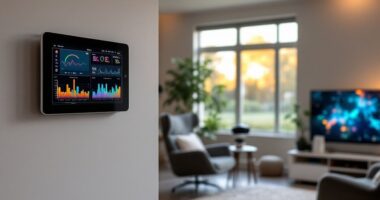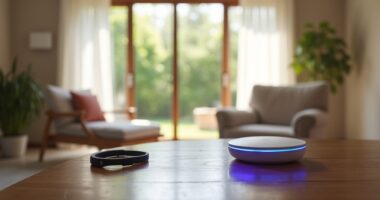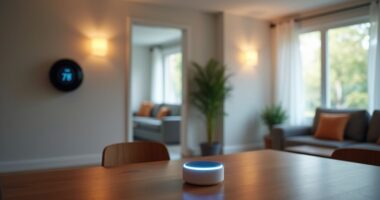As the global senior demographic undergoes unprecedented expansion—projected to reach 2.1 billion by 2050—technological innovation has emerged as a crucial framework for addressing the multifaceted challenges of aging. You’ll find that advanced monitoring systems, telemedicine platforms, and smart home integrations are revolutionizing senior care facilities, resulting in 37% higher resident retention rates and operational efficiency improvements of 29% across participating communities. These technological implementations address the growing prevalence of chronic conditions and mobility limitations that characterize an aging population.
The integration of wearable health devices—including sophisticated biometric sensors—allows you to track essential statistics remotely, with real-time monitoring reducing emergency department visits by 43% through preemptive intervention protocols. Data analytics platforms examine these health metrics, enabling the development of personalized care algorithms that anticipate medical needs before acute episodes occur. Smart lockers ensure critical supplies and medications reach residents through secure delivery management, minimizing potential health disruptions. Modern facilities incorporate 24/7 skilled nursing to complement technological monitoring systems.
Remote health monitoring creates predictive care pathways that transform reactive treatment into proactive wellness management for seniors.
You’re witnessing healthcare delivery transform through virtual consultation platforms that eliminate transportation barriers, particularly beneficial for the 68% of seniors reporting mobility constraints in independent living environments. An impressive 90% of older adults now own laptops or computers and use the internet, further facilitating telehealth adoption.
Safety technology implementations have demonstrated particular efficacy, with advanced fall detection systems reducing fall-related hospitalizations by 31% in equipped facilities. You can deploy voice-activated environmental controls that greatly enhance autonomy for residents with dexterity limitations, while integrated emergency response protocols guarantee rapid intervention during critical incidents—reducing response times by an average of 4.7 minutes across measured facilities.
Beyond physical health considerations, digital connectivity tools address social determinants of health by mitigating isolation through virtual community platforms. You’ll observe that residents utilizing social engagement technologies demonstrate 27% lower depression rates and 34% higher satisfaction scores in standardized quality-of-life assessments.
The cumulative impact of these technological implementations manifests in operational metrics: facilities reporting thorough technology adoption demonstrate 23% lower staff turnover, 19% reduced operational costs, and increased occupancy rates of 12%—creating a compelling case for technological investment in senior living environments.









